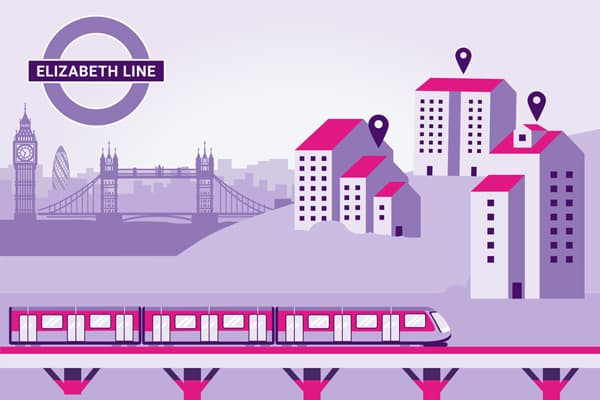Crossrail's Arrival: Impacts on London Property Market
After many years of delays, controversy and complications, Crossrail is finally set to open in the first half of this year, more than three years after its proposed original start date.

After many years of delays, controversy and complications, Crossrail is finally set to open in the first half of this year, more than three years after its proposed original start date.

Compare moving quotes in 4 simple steps